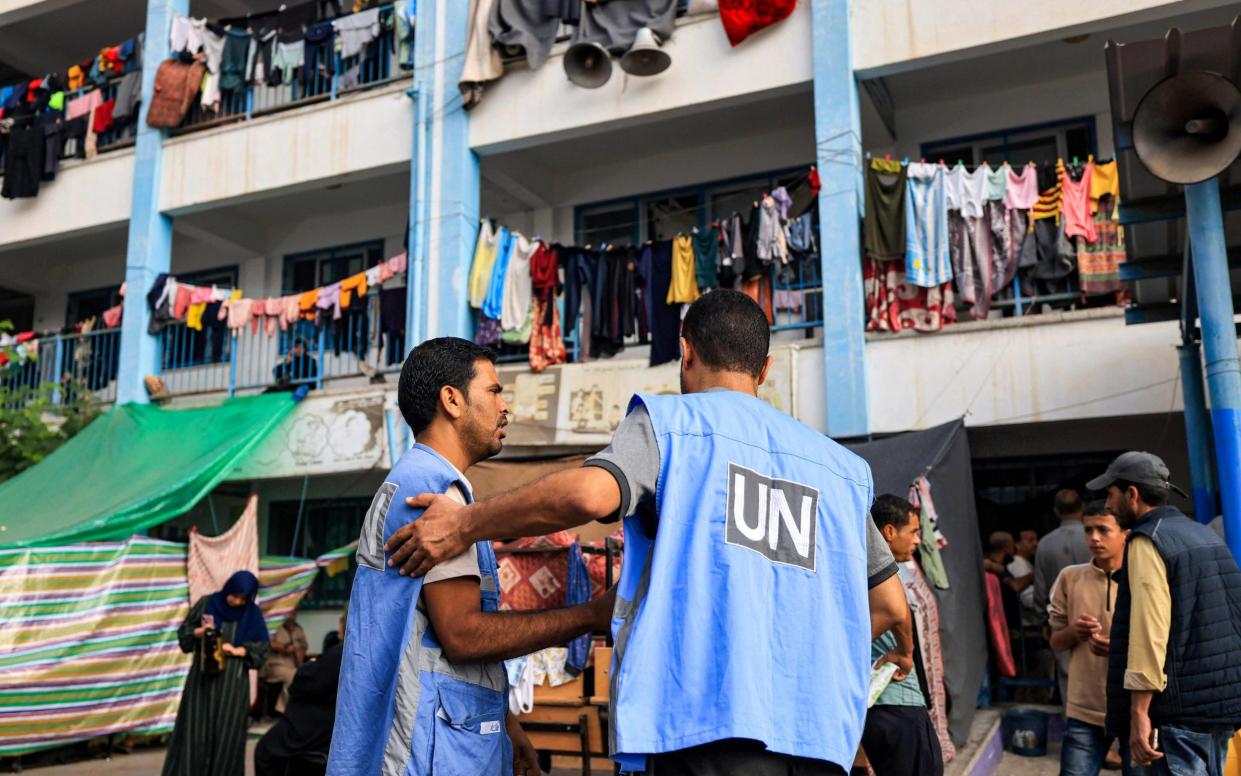The numbers of dead in Gaza don’t add up – and there is no easy explanation

Since the beginning of the Israel-Hamas war that started on October 7, the number of casualties in Gaza has been a subject of heated debate.
According to the Hamas-run health ministry, the number now stands at more than 30,000 dead, with no distinction made between civilian and combatant casualties.
In previous rounds of fighting in the Strip, the total number of deaths reported by the Gazan authorities have been found to be broadly accurate, not differing significantly from estimates produced by the UN or IDF. There have, however, always been disputes over the civilian/combatant split.
The latest war in Gaza provides a different data challenge. As noted in a recent report by “The Washington Institute for Near East Policy”, the scale of the current war has forced changes in the way data is collected by the authorities in Gaza.
While in previous rounds of fighting, the numbers were based on official hospital records, this time an increasingly large percentage of reported deaths are coming, not from doctors, but from what the Health Ministry refers to as “reliable media sources”, as well as reports submitted by Gazan citizens via a Google Form.
At the time of writing, the authorities say there have been a total of 32,414 deaths. About 54 per cent of those are from hospital records, with 45 per cent coming from other sources.
In December, a widely shared letter published in Lancet argued there was “no evidence of inflated mortality reporting from the Gaza Ministry of Health”. The authors came to this conclusion by comparing total claimed deaths in the strip with a separate database detailing the number of UNRWA workers reported killed.
Because the work was published as correspondence rather than a formal study, it was not peer reviewed and the authors themselves acknowledge that the UNRWA database is not likely to be exactly representative of the wider Gazan population.
But is their conclusion right? Casualty data shared with The Telegraph by UNRWA suggests that there are significant discrepancies between the two datasets – discrepancies that may tell us something about the conduct of the war and the accuracy or otherwise of the Gazan authorities reporting.
The UNRWA data provided to The Telegraph covers the period between October 7 and January 4 and documents the deaths of 150 UNRWA workers in Gaza. As previously reported, it shows that half of those deaths occurred in the three weeks immediately following the Oct 7 massacre and before the Israeli land incursion into Gaza started.
But perhaps the most notable feature of UNRWA casualties dataset is that men account for 62 per cent of the deaths, despite representing only 41 per cent of the UNRWA staff in Gaza.
In other words, male UNRWA workers appear much more likely to be killed than female workers. For women, one in every 132 workers have been killed, while for men the chances of being killed are more than twice as high – one in every 57.
This pattern is not replicated in the death data reported by the Gazan hospitals. According to that data, men in Gaza do face a higher risk of death than women, but by nothing like the extent found in URWA’s data.
What could explain this difference? Why are male UNRWA workers apparently being killed at a significantly faster rate than Gazan men in general? There are several possibilities:
The data for the general population may underreport adult male casualties, perhaps because a significant number of those killed in active combat are not being documented.
Male UNRWA workers may be working/living in more exposed areas than their female counterparts (although if this is the case, it is not evident from the location information given in the UNRWA data).
Male UNRWA workers may have been more frequently flagged by Israeli intelligence and killed (either in combat or at home) by the IDF, which has long alleged links between UNRWA and Hamas.
It is not possible to completely rule in or out any of these possibilities from the data available. All or some of them are possible.
However, if the analysis is limited to female workers, the discrepancy between the two datasets falls away. There is a nearly perfect match between the number of female UNRWA casualties and the total death count based on hospital records alone.
This is particularly interesting in light of the growing gap between the death toll documented by hospital records and the total claimed number of deaths.
We have also compared the geographical distribution of UNRWA female staff deaths with the detailed information collected by the Palestinian NGO “Shireen Observatory” and found a very close match between the two.
This appears to further strengthen the case for using the UNRWA female staff deaths numbers, and the closely matching numbers from hospital records, as a proxy for the actual mortality numbers in Gaza. If we did this, it would suggest that around 18,000 (not 32,414) had died in Gaza since Oct 7.
Alternatively, the gap between the hospital records and the total claimed numbers may be an indication of the number of Hamas combatants killed (the IDF itself estimates 13,000 combatants killed, for example). Combatants are, after all, less likely to be recorded in hospital datasets.
And since the combatants are likely to be predominantly male, this could also explain the disproportionate number of male deaths in the UNRWA data.
Critics of Israel will no doubt point to another possibility - that the IDF has been treating combatants and males of fighting age as one and the same.
One way or another, men appear to account for a considerably higher percentage of fatalities than that claimed by the Gazan authorities.
Protect yourself and your family by learning more about Global Health Security


